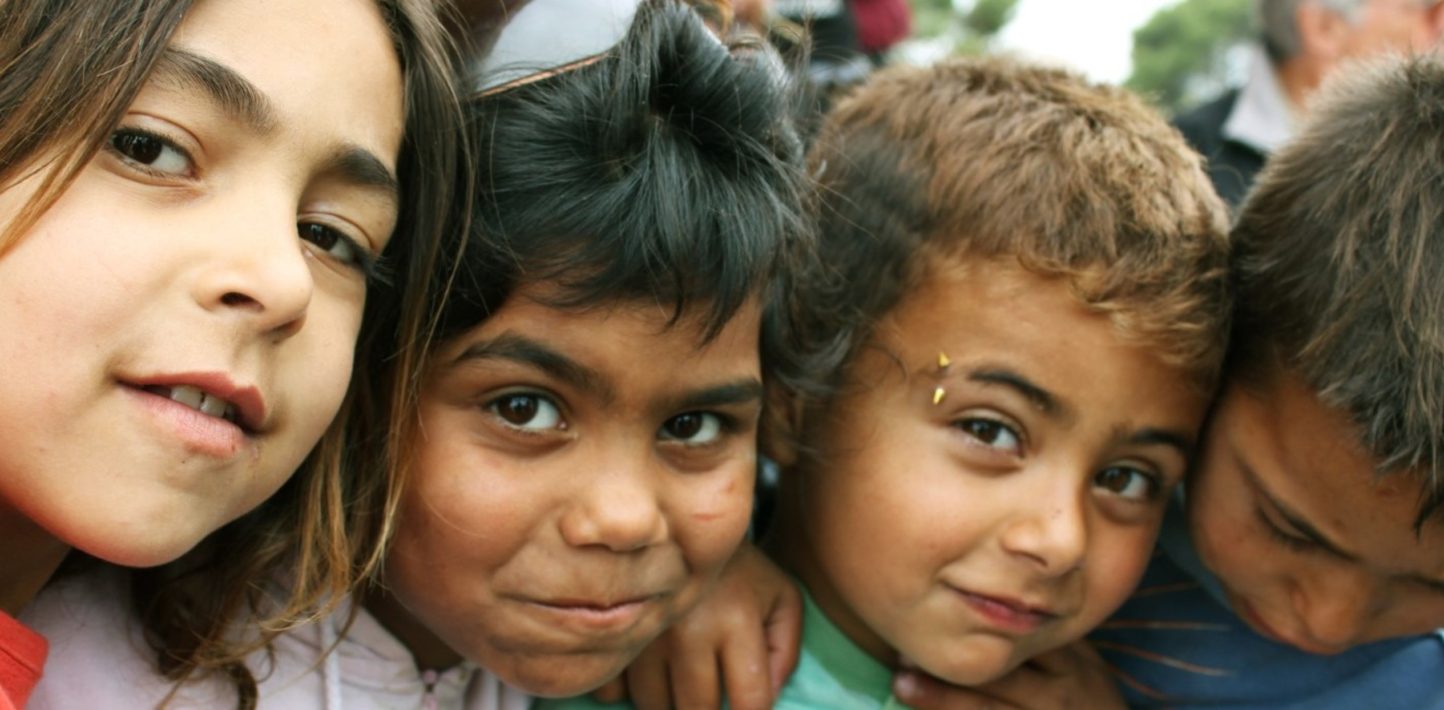A quick look at the history of Roma in Europe, including where they come from, what they do, how they were treated, whether it’s OK to call them “gypsies”, and the difference between Roma and Travellers.
1. Who are Roma?
The word “Roma” means “man” and refers to lots of different sub-groups, including Kalderash in south-eastern Europe; Romanichals in England; Sinti in Germany, Italy, and France; Kalé in Wales, Finland, Spain and Portugal; and Gitano from Spain, as well as many others. Roma identify themselves differently according to history, language and profession, yet much is shared between the different groups. Roma have a common language, Rromanës, which has different dialects.
2. Where do Roma come from?
Historians think the Roma’s ancestors first arrived in Europe from northern India, through what is now Iran, Armenia and Turkey. They gradually spread their way across the whole of Europe from the 9th century onwards.
3. What did Roma do?
Traditionally, they travelled from place to place, although the majority of Roma are now “sedentary” (settled in one place). They included artisans (for example, wood and copper craft workers), farm workers, blacksmiths, musicians, fortune-tellers and entertainers. At first, they were welcomed for their skills, but governments and the church soon started to see them as suspicious outsiders and ‘heathens’.
4. How were they treated?
In many regions, Roma were forced into slavery, a practice which continued into the 19th century in Romania and elsewhere. Roma were also sentenced to death throughout the medieval era in England, Switzerland and Denmark. This later grew into organized persecution. Many countries, including Germany, Poland and Italy, ordered the expulsion of all Roma. In the 1930s, the Nazis in Germany saw Roma as “racially inferior” and murdered hundreds of thousands of them during World War II. After the war, Roma continued to be discriminated against and oppressed, especially in the Soviet Union. Between the 1970s and 1990s, the Czech Republic and Slovakia sterilized around 90,000 Romani women against their will.
5. Is it OK to call Roma “gypsies”?
In most languages, “gypsy” is considered insulting and is rejected by Roma organizations. “Roma” is the right word to use for all related groups, regardless of their country of origin. It became the accepted global term in 1971, when representatives of Roma communities adopted a flag, anthem and international day (8 April). However, there are some countries where “gypsy” or an equivalent may be accepted by the people concerned.
6. What’s the difference between Roma and Travellers?
Travellers have a different ethnicity to Roma, and live in countries across Europe including France, Ireland and the UK. They often maintain a nomadic or semi-nomadic lifestyle, unlike most Roma.
7. How many Roma are there?
There is no official or reliable count of Romani populations worldwide. In Europe, there are between 10 and 12 million Roma. Most of them – around two thirds – live in central and eastern European countries, where they make up between 5 and 10 per cent of the population. There are also sizeable Romani minorities in western Europe, especially in Italy (around 150,000 Roma and Travellers), Spain (600,000-800,000), France and the UK (up to 300,000 in each country).
8. What’s the situation for Roma in Europe today?
Millions of Roma live in isolated slums, often without any electricity or running water, and struggle to get the health care they need. Many live with the daily threat of forced evictions, police harassment and violent attacks. Romani children also often suffer segregation in schools and receive a lower standard of education.
9. What impact does this have?
Roma have more health problems, worse housing and lower literacy levels than non-Roma people. In central and eastern Europe, they can expect to live 10 years less than others. On average, they also earn less and are more likely to be unemployed. Without good jobs, they can’t afford proper housing, good health care, or a quality education for their children.
10. Why is this happening?
This situation is not the inevitable result of poverty. It’s because of centuries of prejudice and discrimination from governments, institutions and individuals. Together, they have pushed the great majority of Roma to the margins of society – and kept them there.
11. What can I do about it?
Amnesty International campaigns to protect Roma people from discrimination across Europe. Right now, we are focusing on ending the discrimination of Romani children in schools in the Czech Republic – please take action today.
Main image: Roma children in Greece. ©ElizaGoroya


